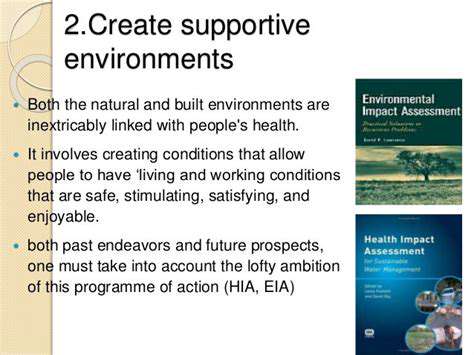استراتيجيات عملية لتطبيق العلاج بالقبول والالتزام في الحياة اليومية مع آلام مزمنة
فهم القبول
يُسيء فهم الكثيرون القبول على أنه استسلام سلبي، ولكن في العلاج بالقبول والالتزام (ACT)، يعني ذلك الاعتراف بالألم دون مقاومة. هذا النهج لا يقضي على الانزعاج
بناء بيئة داعمة للرفاهية طويلة الأمد

تنمية الثقة والاتصال المفتوح
السلامة النفسية - حيث يخاطر أعضاء الفريق بالضعف
Disclaimer: All articles on this site are original, please do not reprint